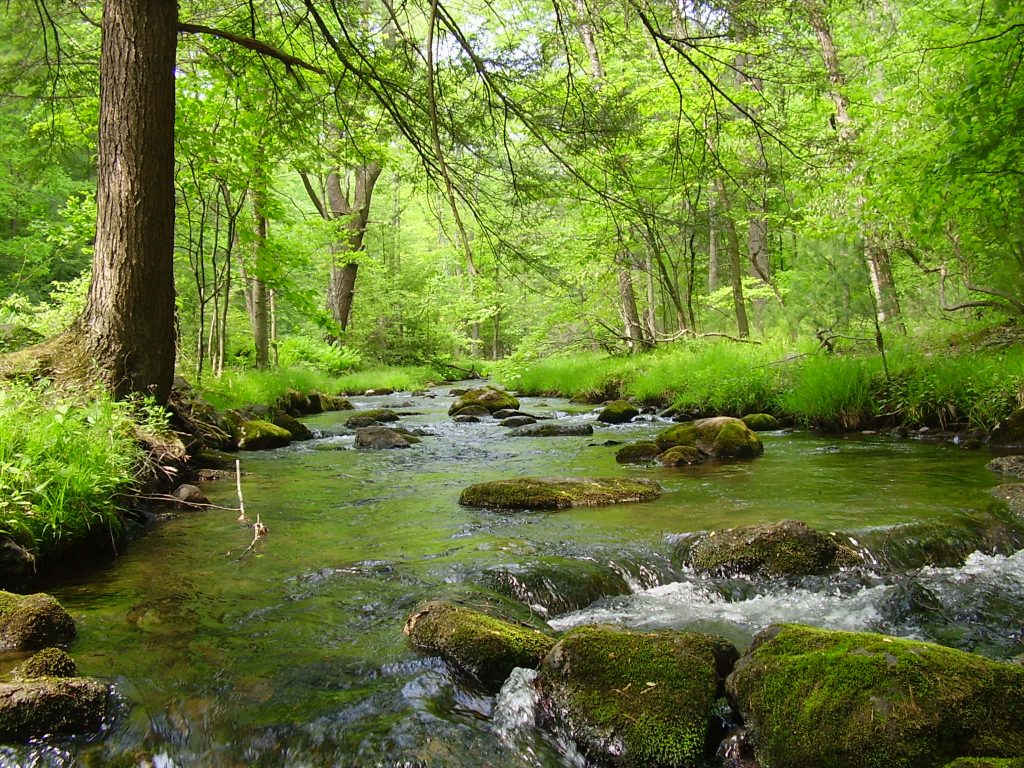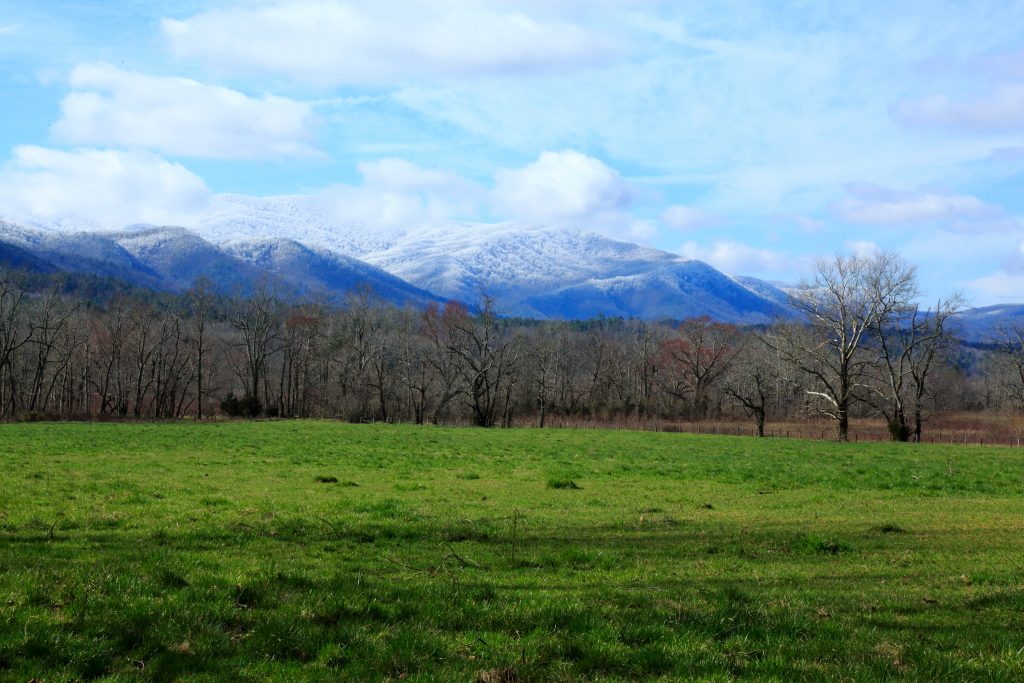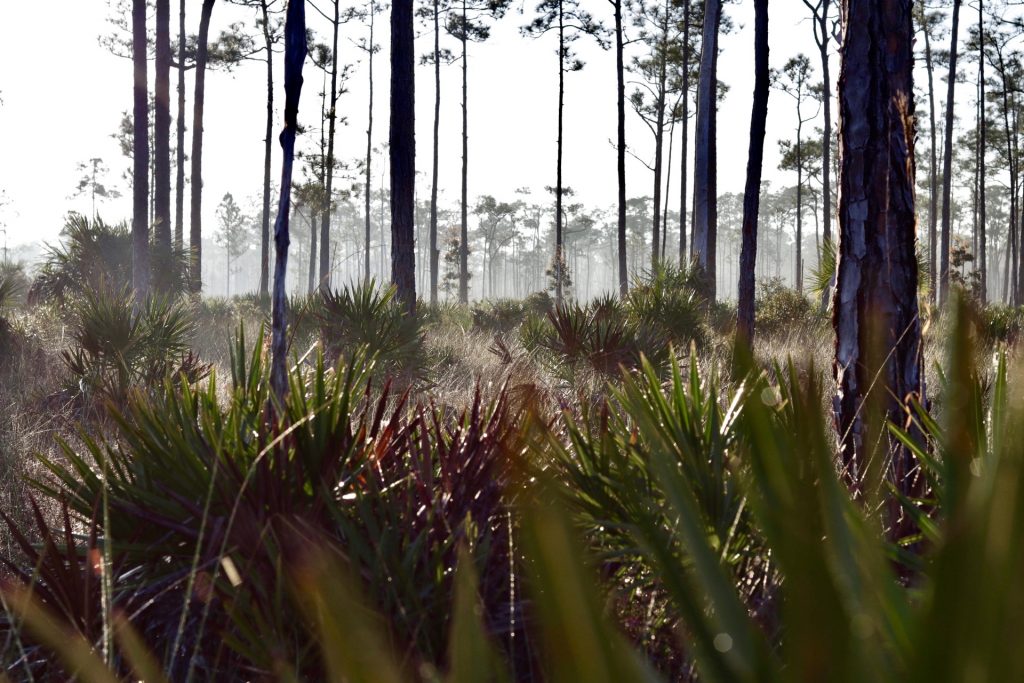Terrain and Topography Features to Find Gobblers
Focus on these terrain features to find more wild turkeys.
As with any wild game animal, wild turkeys are greatly influenced by terrain and topography. Make sure you remember these options while in the field this spring. Check out these 23 terrain and topography features to find gobblers.
Benches
Turkeys love benches. That’s especially true for those who plan to hunt big timber. Gobblers use these flat spots on hillsides for strut zones, and they’ll spend a good bit of time there waiting on the ladies to find them.
Bottomlands
Bottomlands near rivers, creeks and streams are turkey magnets. These lowlands tend to offer good roost sites, food sources, strutting zones and more.
Creeks

Turkeys routinely roost over waterways, such as creeks. These are excellent spots to set up for fly-down, fly-up and even throughout the day. Turkeys spend a great deal of time along creeks.
Edge Cover
A good bit of edge cover is great for wild turkeys. It serves as nesting cover, escape cover, food sources and more. Oftentimes, finding turkeys in these areas is no challenging task.
Funnels
Like deer, turkeys oftentimes take the path of least resistance. Spots that create funnels and pinch points can be solid areas to set up and intercept a bird.
Hilltops
Gobblers like the high ground, too. That’s especially true when establishing a strut zone to post up for hens. It also offers a great deal of visibility for hunters, allowing them to effectively spot birds in the distance and make a move.
Inside Field Corners

Turkeys routinely feed and strut along inside field corners. These are excellent spots to set up throughout the day, especially from mid-morning to mid-afternoon.
Isolated Roost Trees
Some areas offer an abundance of roost trees. Others don’t. Where roost trees are scarcer and more isolated, don’t overlook game planning around these important roost sites.
Lakes
Historically, turkey populations tend to do well around lakes. Those who hike in and hunt proven spots or find birds by boat and then deploy to land can find success.
Logging Roads
In pressured areas, or properties with high predator counts, turkeys might avoid logging roads. But in areas with low to moderate hunting and predator pressure, turkeys love logging roads.
Mature Hardwoods
Turkeys spend ample numbers of hours in mature hardwoods to make it worthwhile for hunting. That’s especially true in areas that have a lot of roost trees, hard mast, etc.
Mature Pines

Speaking of roost trees, turkeys love mature pine trees for nightly roosting. Mature pines offer good, straight limbs that work well as roost limbs. The bark type also makes it noisier for predators to climb up and surprise a sleeping bird.
Meadows

A beautiful meadow is good for more than just a view. It can be a good turkey hunting spot, too. Birds routinely feed in these areas.
Open Fields
Open fields that offer a quality bugging area or vegetation food source are good spots to find turkeys. Those that harbor high numbers of insects or key vegetation, such as clover or chufa, are ideal habitat.
Pastures
Turkeys love a good pasture. They routinely feed in areas where cattle frequent. They like picking through the grain, hay and even bugs around the manure.
Ridges
Ridges are excellent spots for turkey hunting as well. Turkeys like a good ridge line for roosting, feeding, strutting and more. Don’t overlook the power of this habitat type.
Rivers
Like creeks and streams, rivers draw birds in great numbers. River habitat tends to be perfect for thriving turkey numbers. Oftentimes, river habitat is easier to hunt, too.
Saddles
Just as whitetails do, turkeys oftentimes travel the path of least resistance. Saddles fall into that category, too.
Swamps
A good swamp can harbor decent populations of turkeys. These are more difficult to hunt, but birds oftentimes retreat to the interiors of swamps to evade predators and hunters.
Valleys
A good valley can draw turkeys as well. Even if they don’t use it for anything else, turkeys might hit the lower areas to find bugs or water, especially during dryer spells.
Watering Holes
Turkeys get most of their water intake from dew, insects and vegetation. But during droughts, turkeys will hit watering holes, too.
Without question, there are other terrain features that turkeys love. But the above are key places to keep in mind when scouting ground for new turkey hunting hotspots.
CONNECT WITH US
National Wild Turkey Federation
770 Augusta Road, Edgefield, SC 29824
(800) 843-6983
National Wild Turkey Federation. All rights reserved.
